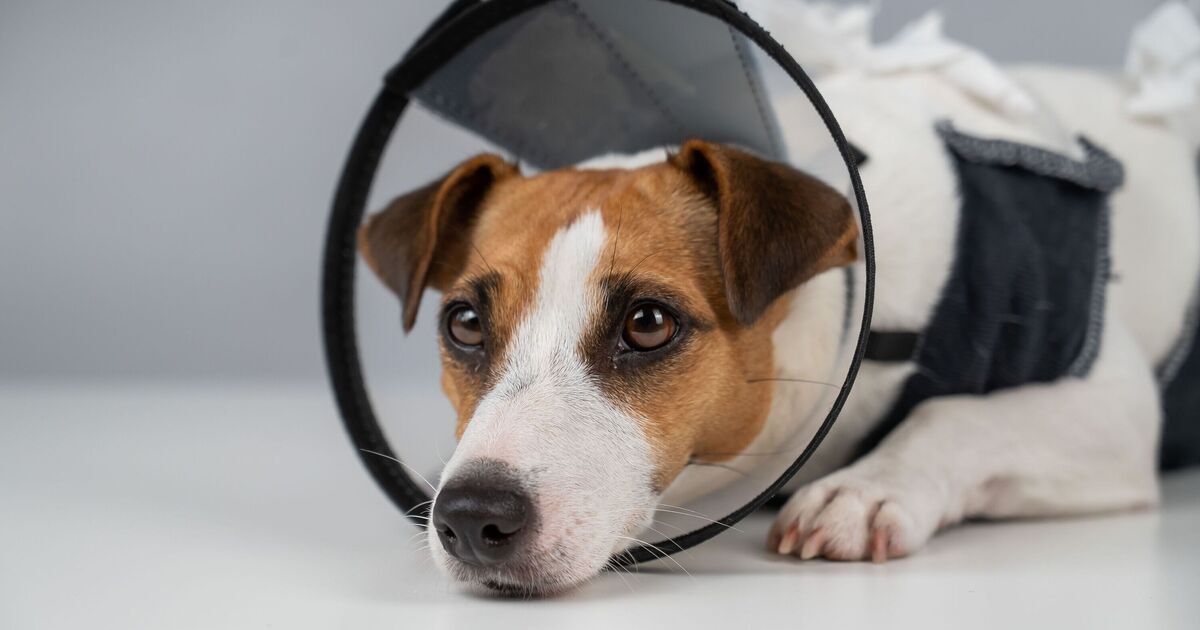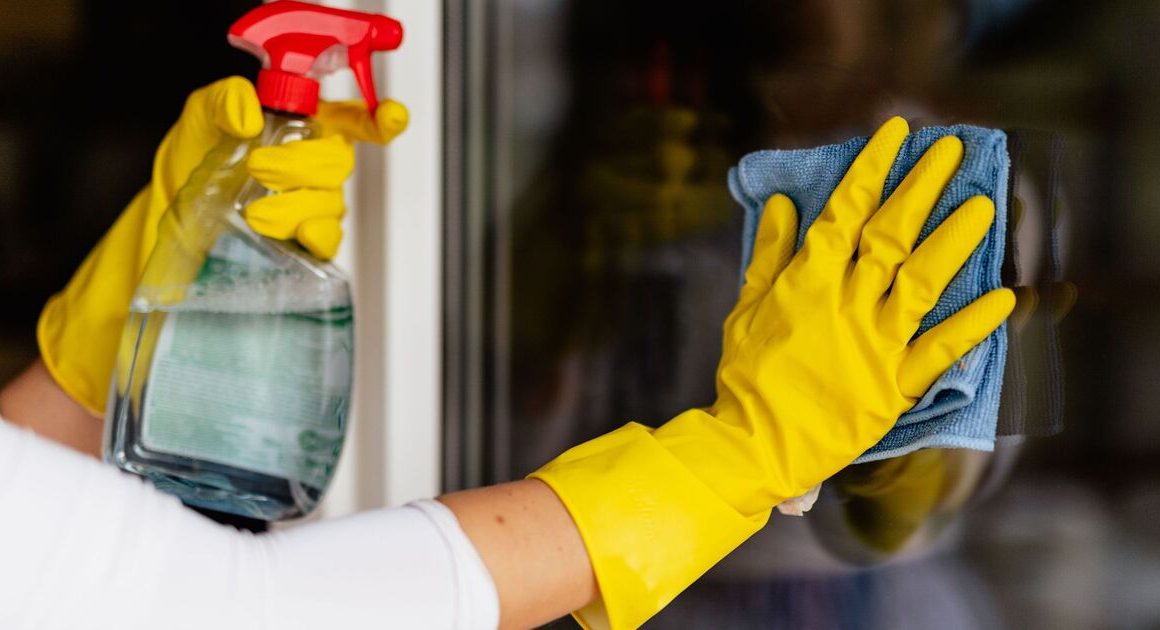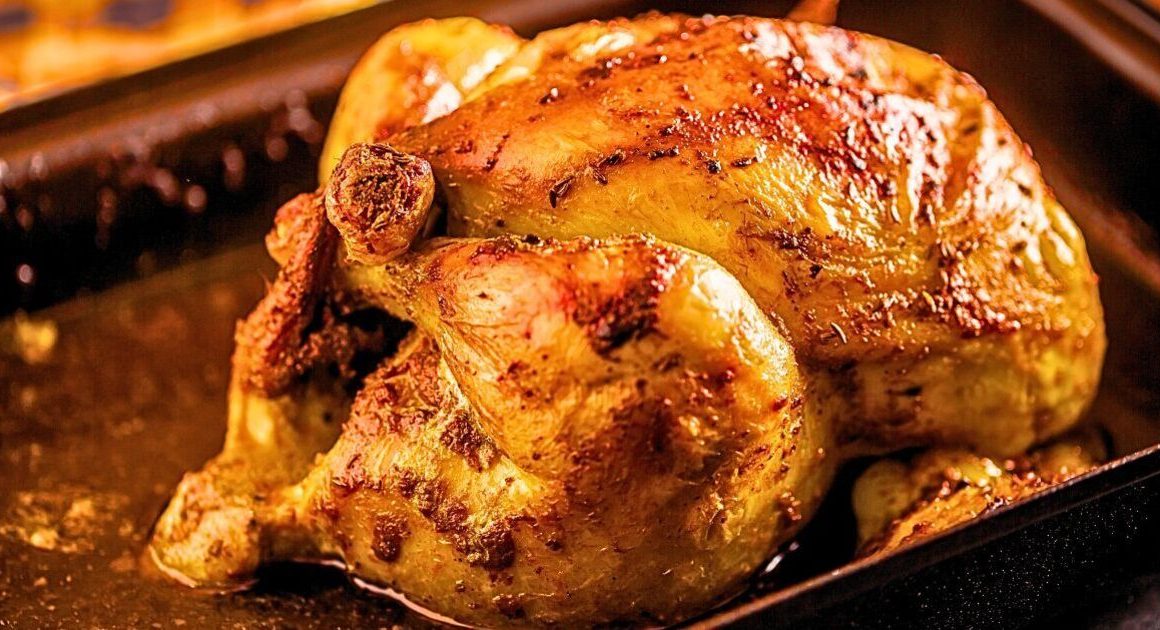Our pets feel like members of the family – so when they fall ill, it can be incredibly distressing.
Sometimes, surgery is required to help address the health concerns. And it’s not just vets who have a role to play in making our furry friends feel better.
Recovery time requires plenty of care and attention from dog and cat owners. So to help people get through this healing period, a veterinarian has shared her advice on TikTok.
Maria, who works in Spain, shared a common misconception that many have. Apparently, “licking wounds” actually does more harm than good. To prevent further irritation, you should stop your pet from getting at their sores.
She warned her 569,000 followers: “Never let your dog or cat lick a wound or stitches after surgery. It’s not going to make it heal sooner; that’s a myth. It will get inflamed, ulcerated, opened and infected. So put on a necklace, a body suit, a bandage or whatever it takes to keep it from licking.”
The informational clip garnered more than 4,000 likes – and people took to the comments section to share their thoughts. One viewer wrote: “My vet recommended putting a shirt on him so he doesn’t lick himself and it works very well.”
Another said: “I’m a veterinarian and I happened to be careless with my dog, but everything was fine. He healed well.” Meanwhile, a third added a string of eye-rolling emojis in response to experts who say licking wounds is a good thing.
What to do after your pet has surgery
After your pet has surgery, it’s important to provide proper post-operative care to ensure a smooth recovery. Below are some key steps to follow:
- Follow the vet’s instructions – The vet will provide specific post-operative care instructions tailored to your pet and their procedure. Be sure to follow them precisely
- Manage pain and medications – Administer medications exactly as prescribed. Do not skip doses, and do not give human medications unless explicitly instructed by the vet.
- Monitor your pet – Watch for signs of pain, such as whining, restlessness, or decreased appetite. Contact your vet if your pet seems unusually uncomfortable.
- Prevent your pet from getting at any incisions – Use a cone, coat or whatever is recommended by your vet. Preventing access reduces the risk of infection or reopening the wound.
- Provide a safe and calm environment – Limit your pet’s activity, even if they seem like they have energy. Too much movement can slow healing or reopen the incision. Keep them confined to a small area, like a room or crate, if advised.
- Watch for complications – Contact your pet if you spot worrying signs like swelling, bleeding, discharge, abnormal lethargy, vomiting, diarrhoea, wailing or difficulty urinating and defecation.
- Book a follow-up appointment – This way, you can check recovery is going as planned with a professional.












